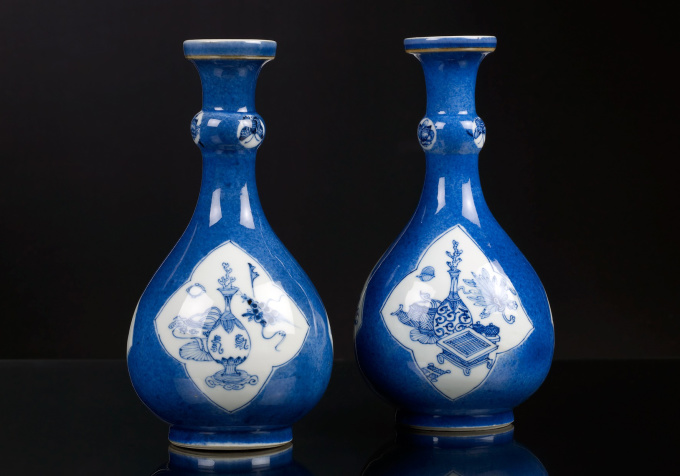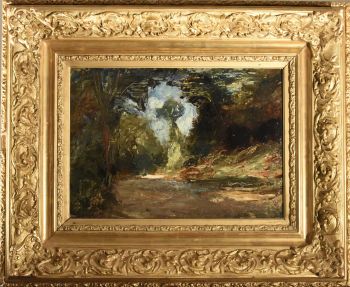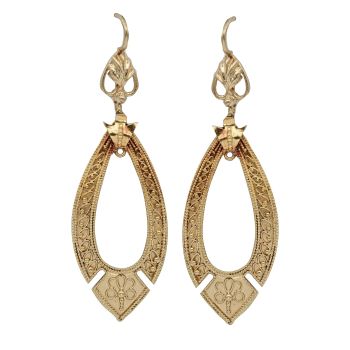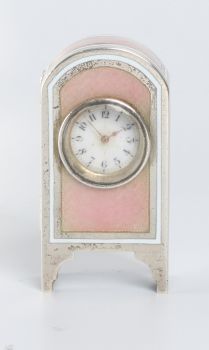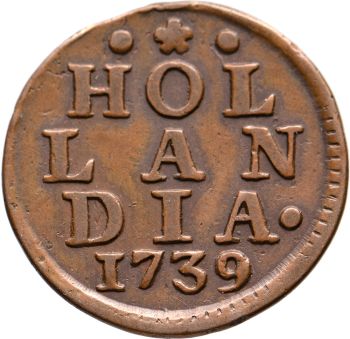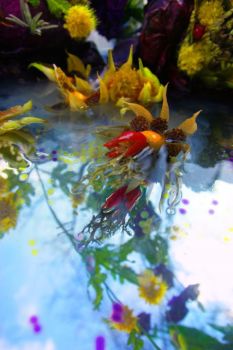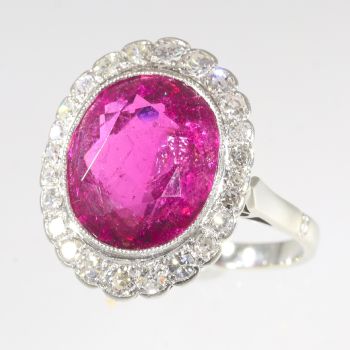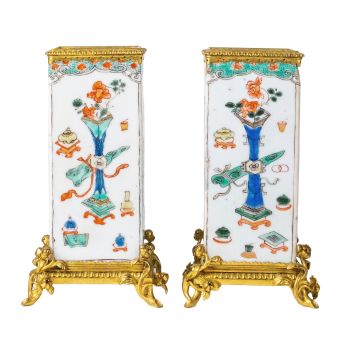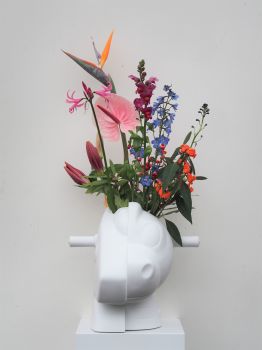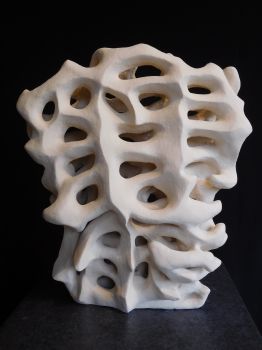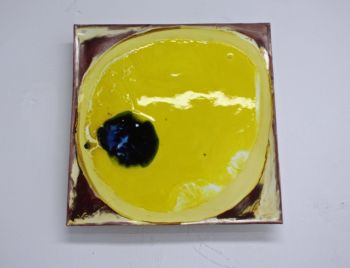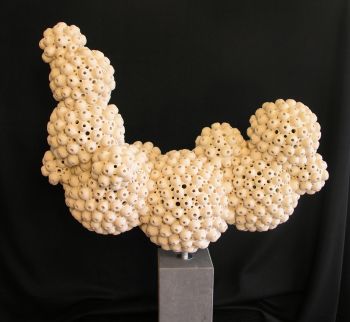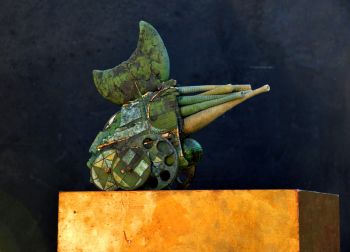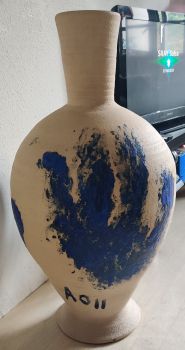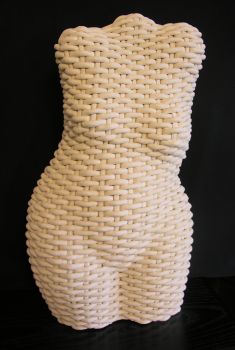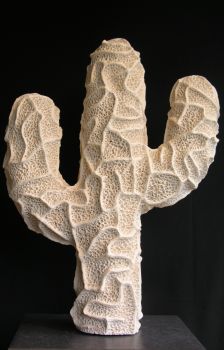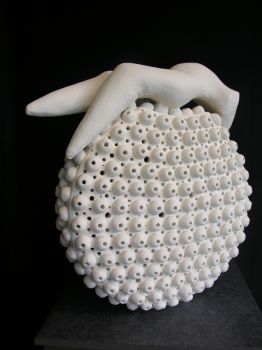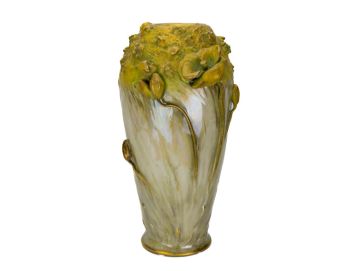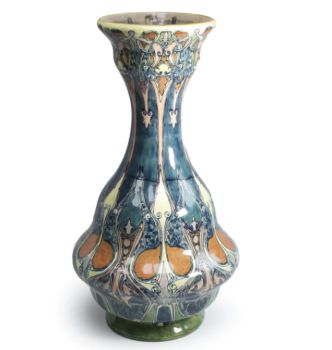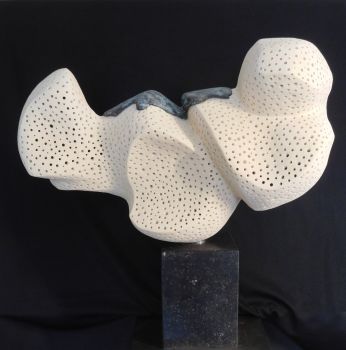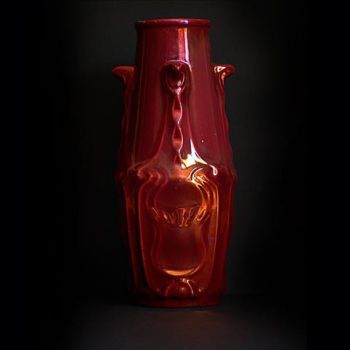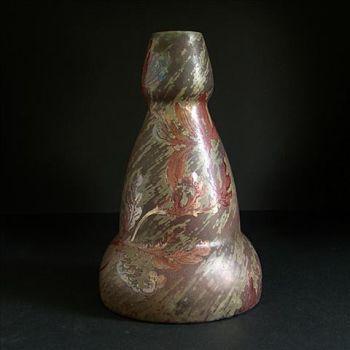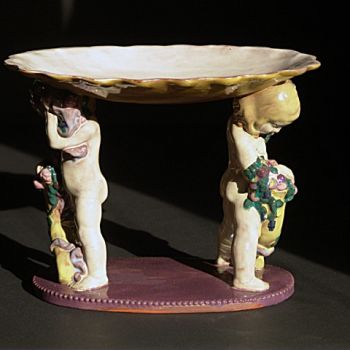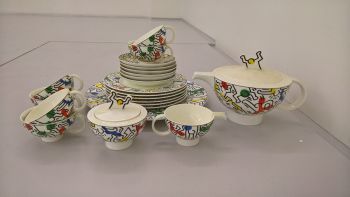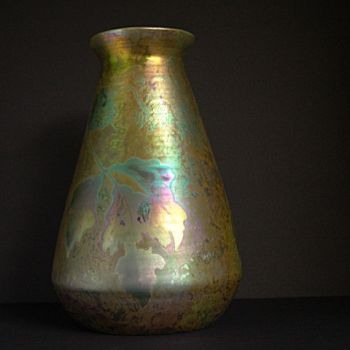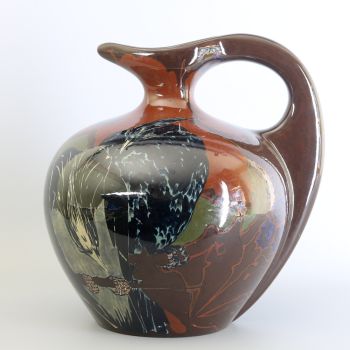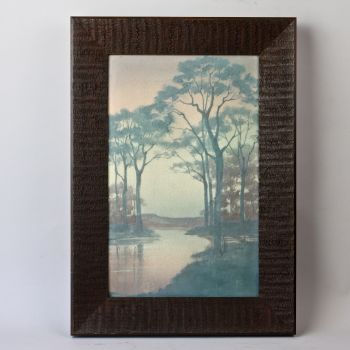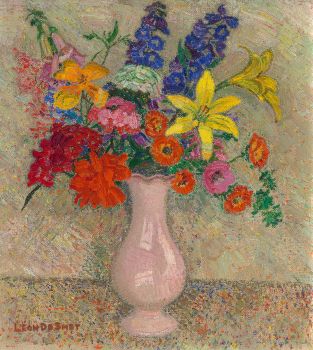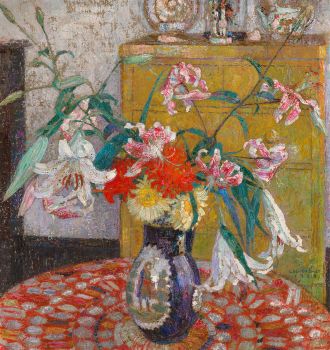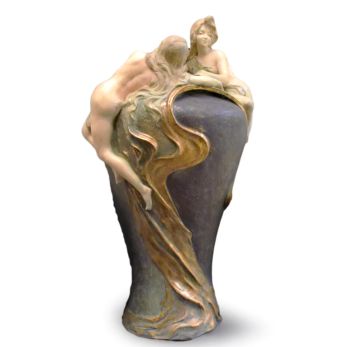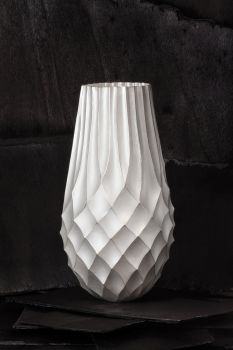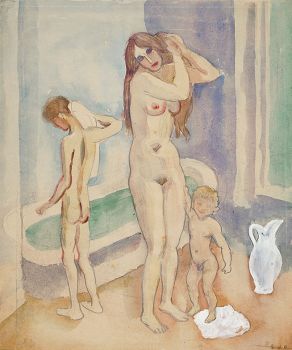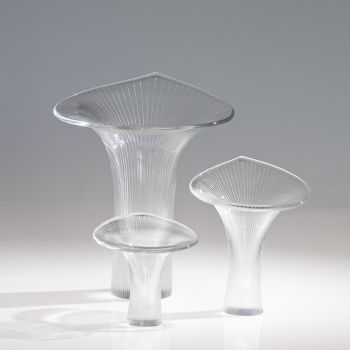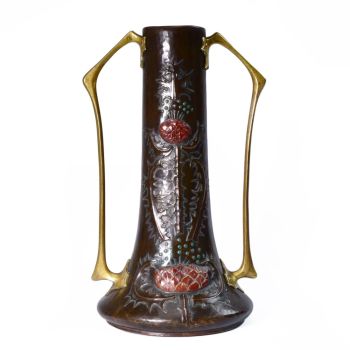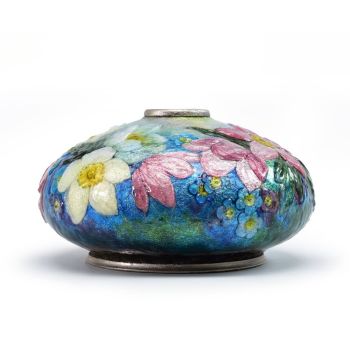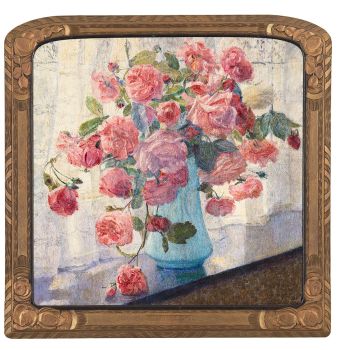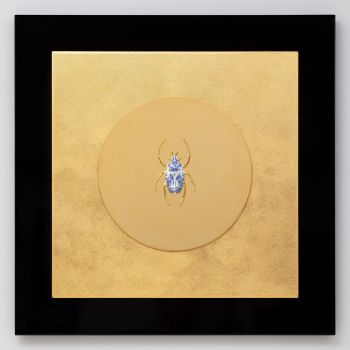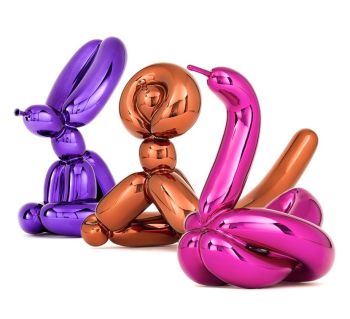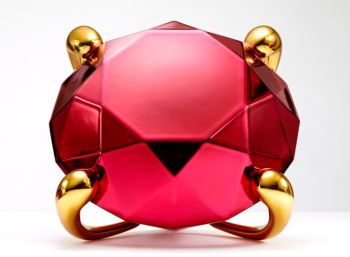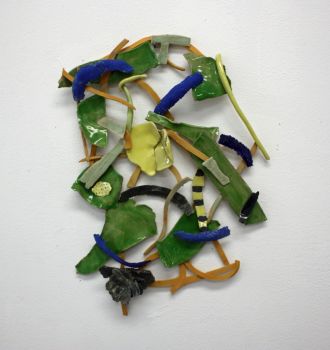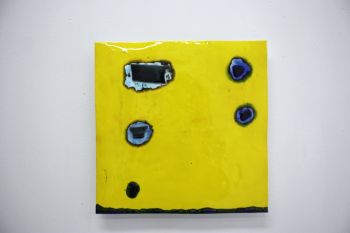Pair of Poudre Bleu Vases, China 1699 - 1701
Unknown artist
Porcelain
21 cm, ø 11 cm
Currently unavailable via Gallerease
- About the artworkThese vases are decorated in poudre bleu. With this technique parts of the objects are covered with paper. Next cobalt-oxide is applied through a gauze with a bamboo blowpipe. This causes a ‘powdery’ effect. After the application of the blue, the paper is removed and the vases are fired in a kiln for the first time. When the vase have cooled down, the white fields are decorated with enamel on the glaze and baked a second time.
The decoration with a variety of vases, incense burners and others objects is called ‘hundred treasures’. This is an assembly of emblematic artifacts.
Literature:
C. Jörg and J. van Campen, Chinese Ceramics in the collection of the Rijksmuseum, Amsterdam
The Ming and Qing dynasties, Philip Wilson 1997, nr. 150 - About the artist
It might happen that an artist or maker is unknown.
Some works are not to be determined by whom it is made or it is made by (a group of) craftsmen. Examples are statues from the Ancient Time, furniture, mirroirs, or signatures that are not clear or readible but as well some works are not signed at all.
As well you can find the following description:
•“Attributed to ….” In their opinion probably a work by the artist, at least in part
•“Studio of ….” or “Workshop of” In their opinion a work executed in the studio or workshop of the artist, possibly under his supervision
•“Circle of ….” In their opinion a work of the period of the artist showing his influence, closely associated with the artist but not necessarily his pupil
•“Style of ….” or “Follower of ….” In their opinion a work executed in the artist’s style but not necessarily by a pupil; may be contemporary or nearly contemporary
•“Manner of ….” In their opinion a work in the style of the artist but of a later date
•“After ….” In their opinion a copy (of any date) of a work of the artist
•“Signed…”, “Dated….” or “Inscribed” In their opinion the work has been signed/dated/inscribed by the artist. The addition of a question mark indicates an element of doubt
•"With signature ….”, “With date ….”, “With inscription….” or “Bears signature/date/inscription” in their opinion the signature/ date/ inscription has been added by someone other than the artist
Artwork details
Related artworks
- 1 - 4 / 12
Unknown artist
Series of 6 Chinese cups and saucers (Yongzheng period)1722 - 1735
Price on requestKuipers Kunst & Antiek
1 - 4 / 13- 1 - 4 / 24
- 1 - 4 / 24
- 1 - 4 / 24

